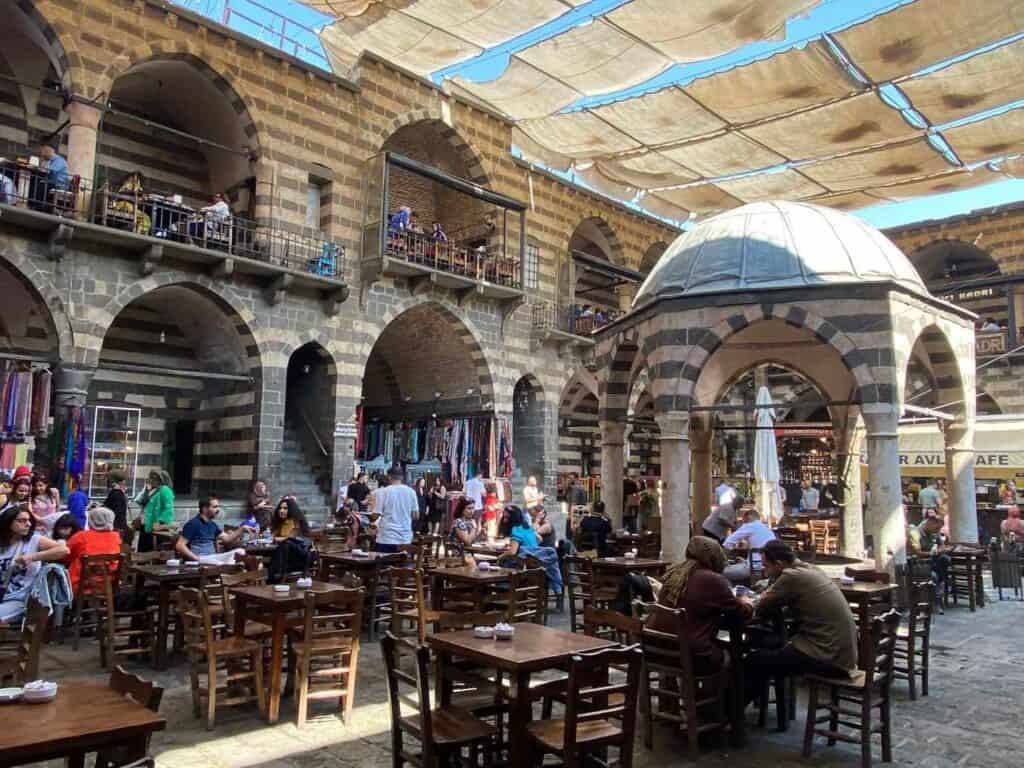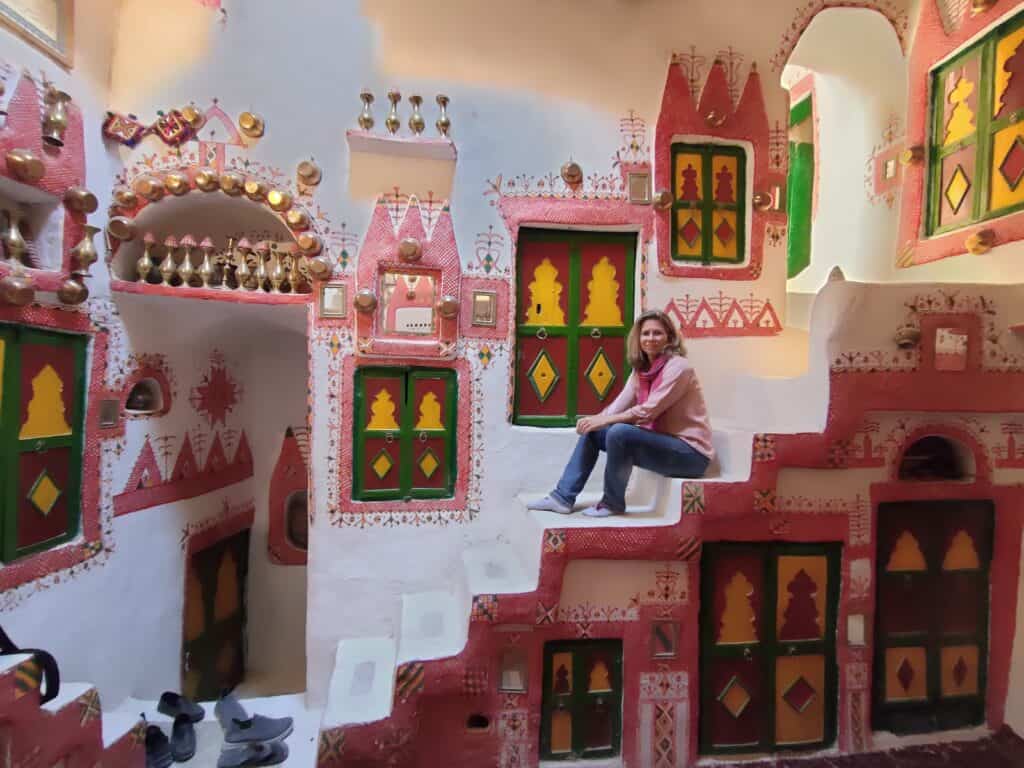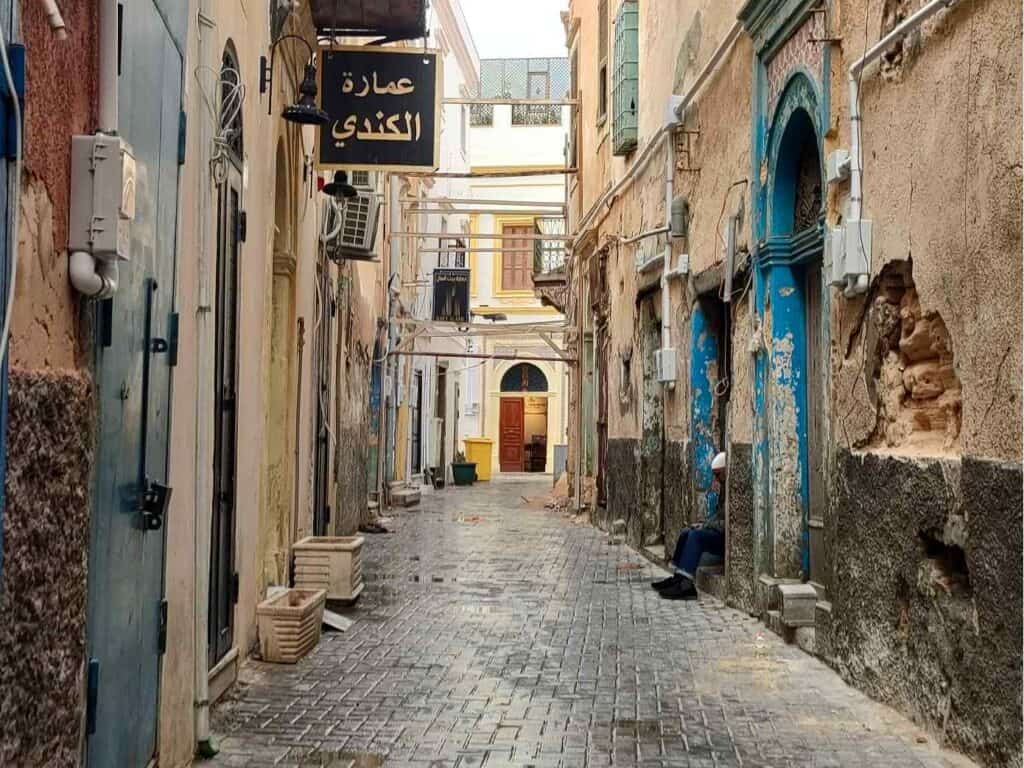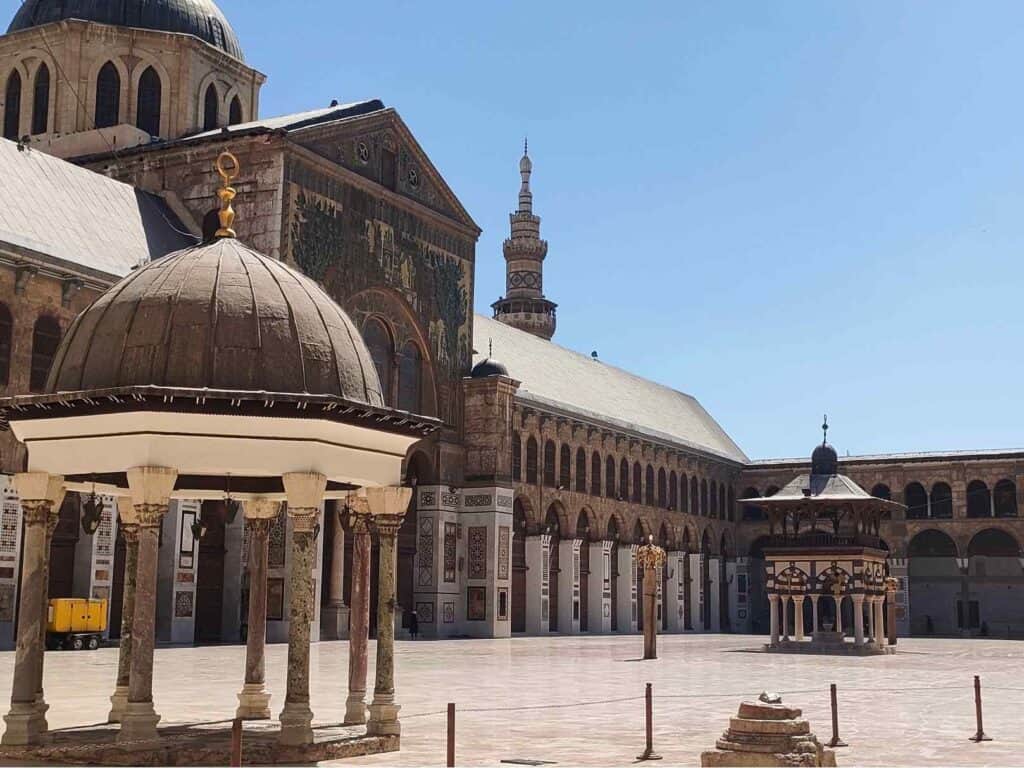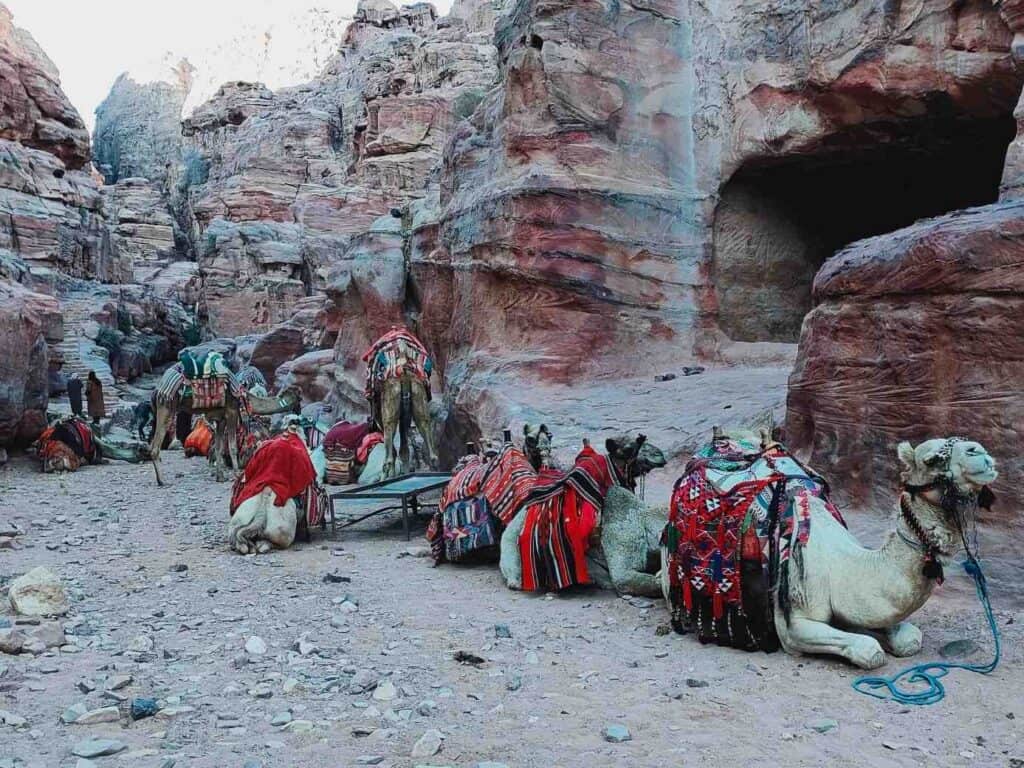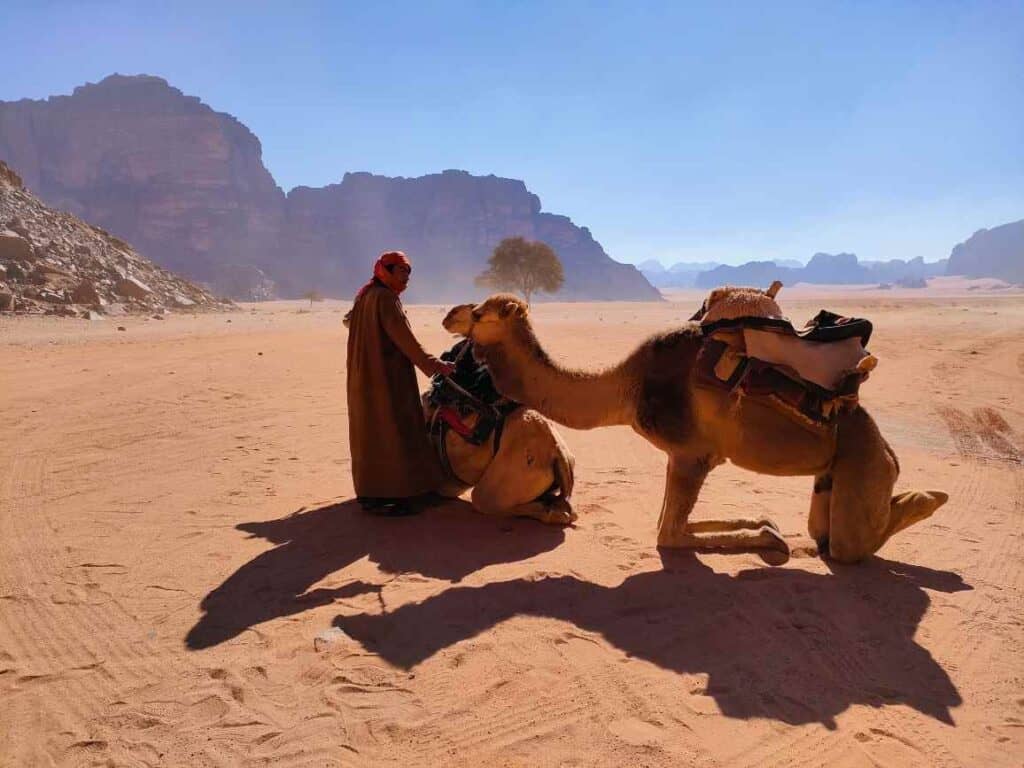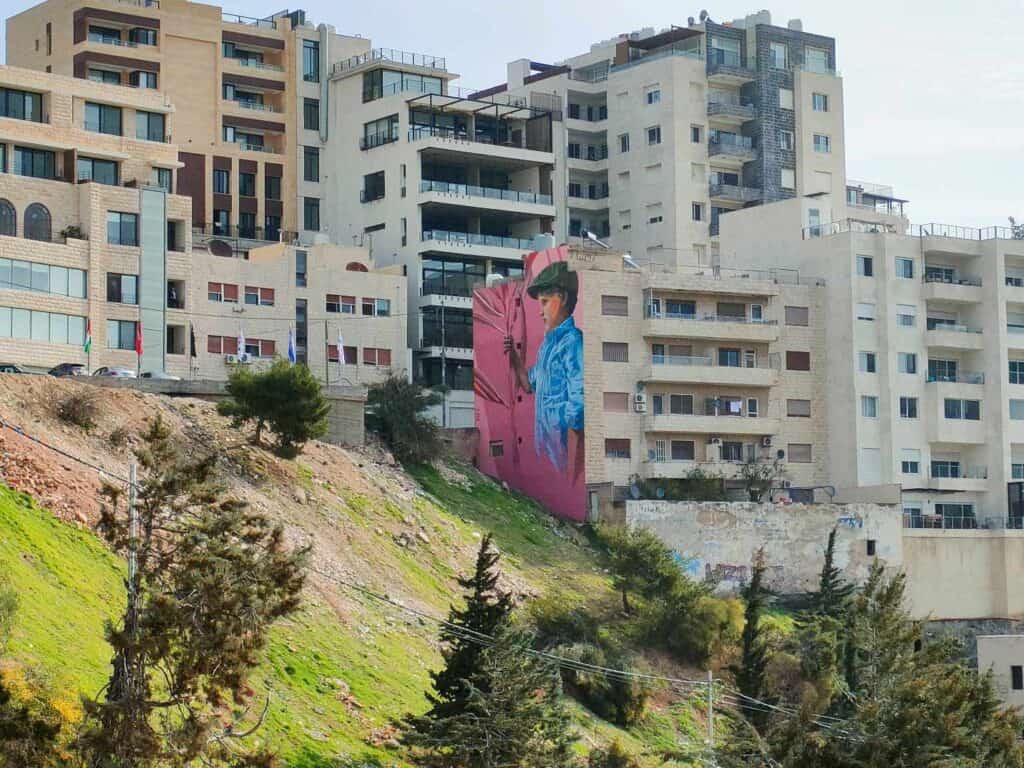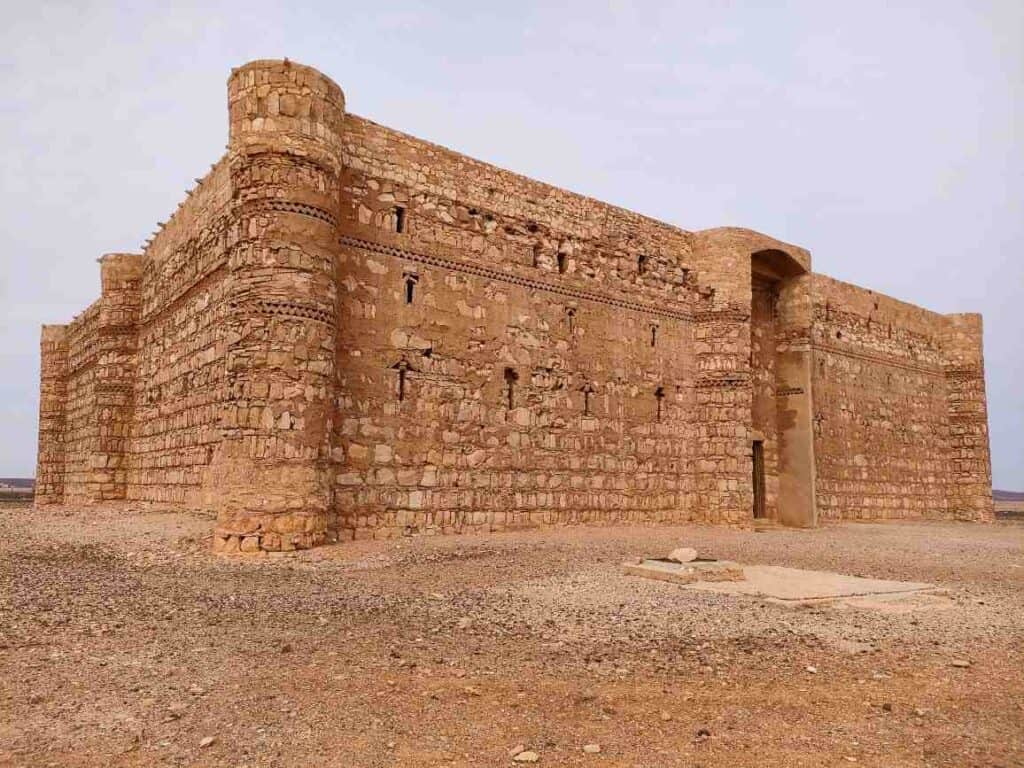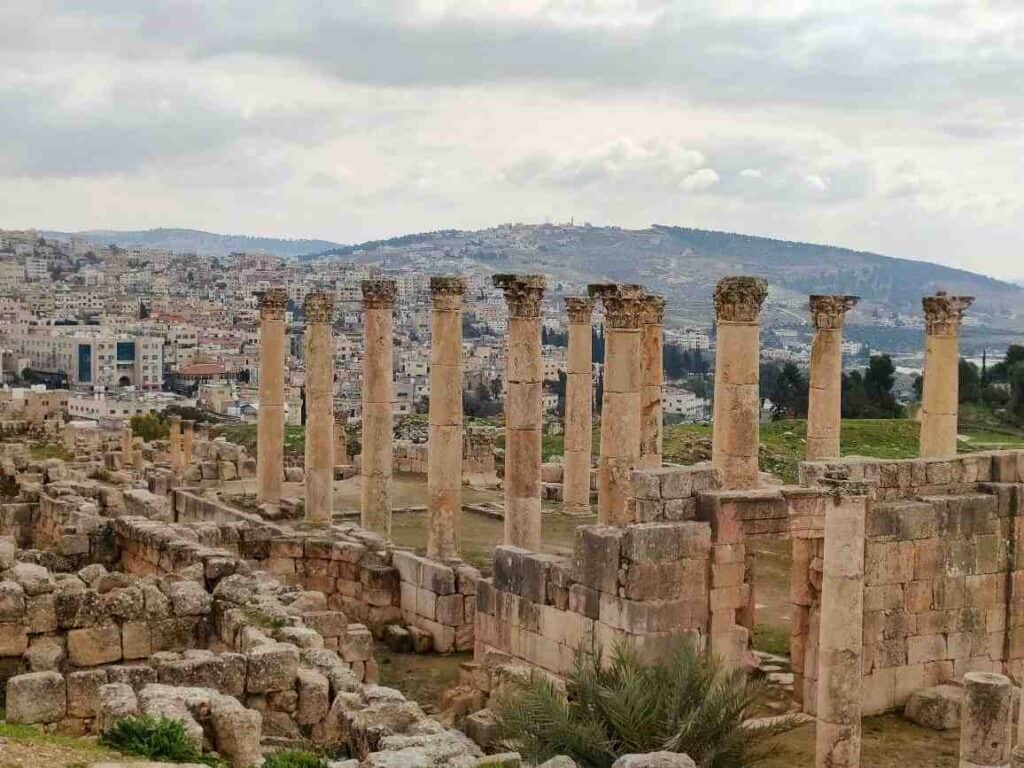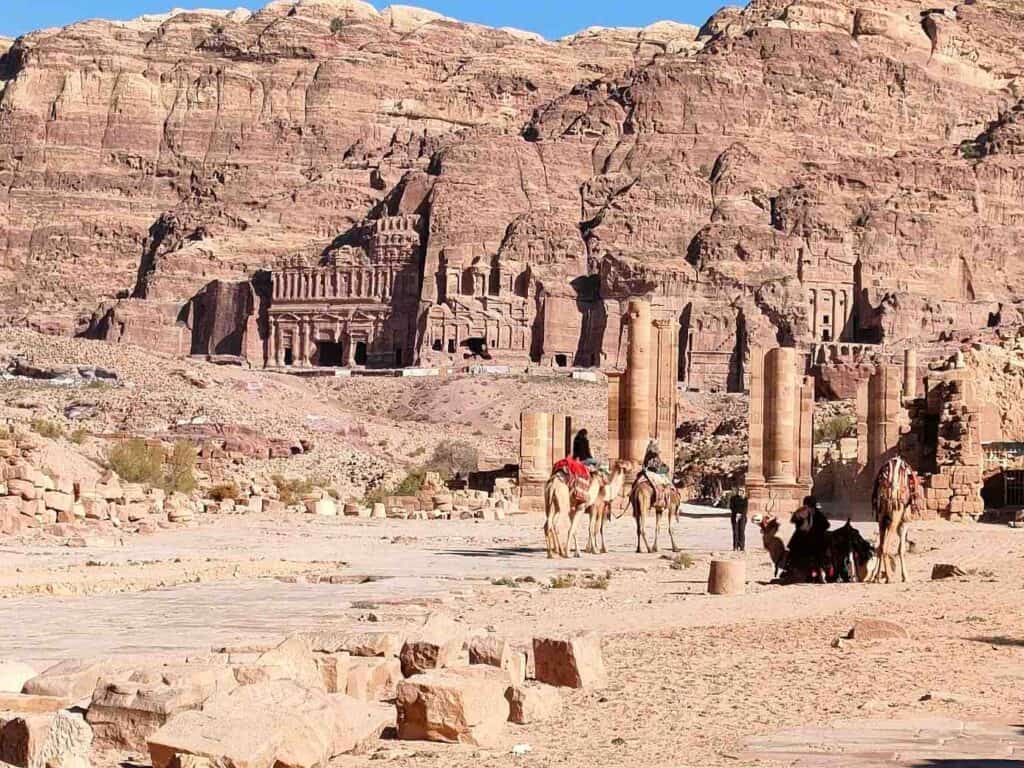This article may contain affiliate / compensated links. For full information, please see our disclaimer here.
While the western part of Turkey, with Istanbul, the coast, and until Cappadocia, is a tourist hub, Eastern Turkey remains a completely blank region for most travelers, but even many Turkish people never went there. The wild and rugged Anatolian Plateau feels like being a country within a country with a completely different landscape, culture, and history. However, this is actually where the ancient history of Turkey is concentrated. The journey leads through an incredible landscape where snow-capped mountains alternate with hills covered with olive trees. Those who venture here will definitely not regret it. However, not much information is available about this region, so in this travel guide, I summarized all the practical and useful information you should know before planning a trip to Eastern Turkey.
I also wrote a comprehensive travel guide about the best itinerary and things to do in Eastern Turkey. Don’t forget to check it out, too.
- Best places to visit in Eastern Turkey
- How to go to Eastern Turkey?
- How to plan your trip to Eastern Turkey?
- What is the best time to travel to East Turkey?
- Travel overland to Eastern Turkey
- How do you get around in East Turkey?
- Visas for Turkey
- Politics in Eastern Turkey
- Safety in Eastern Turkey
- Solo female travel in Eastern Turkey
- Language
- Accommodation
- Is East Turkey cheap? Prices in Turkey
- Food
- Culture
- Religion
- Christian churches and monasteries in Eastern Turkey
- Posts about the Middle East
Best places to visit in Eastern Turkey
You could spend months exploring Anatolia; however, you can cover the highlights in 2 to 3 weeks. Here is my list of the places you should not miss in Eastern Turkey:
– Mardin: the old hilltop town near the Syrian border with ancient mosques, madrasas and churches
– Diyarbakır: The Kurdish capital of southeastern Turkey is a vibrant city with an incredibly bustling bazaar, one of the most important mosques in the Islamic world, and over 5 kilometers of intact walls
– Mount Nemrut is one of Turkey’s most unique archaeological sites, where statues of deities lie scattered on top of Mount Nemrut. But the road leading there is perhaps even more amazing!
– Şanlıurfa: A holy and historically significant city, Urfa for short, with the cave where Abraham is said to have been born
– The incredible archaeological site of Göbekli Tepe, the world’s earliest religious center, is about 12,000 years old and fundamentally overturned the idea of historians
– Ancient Syrian Christian Orthodox churches and monasteries, where people were among the first to adopt Christianity
– Cruise the iconic Euphrates and Tigris Rivers in Upper Mesopotamia
– Van: enjoy the sunset in the castle overlooking the largest lake in Turkey
– Doğubayazıt: the palace of Ishak Pasha and the snow-capped Mount Ararat rising above five thousand meters
– Ani: The former Armenian capital, located near the Armenian border
–Trabzon and Sumela Monastery: Trabzon is a popular resort town on Türkye’s Black Sea Coast. Nearby is the Sumela Monastery, a Greek Orthodox monastery with a stunning location built into the side of a mountain.
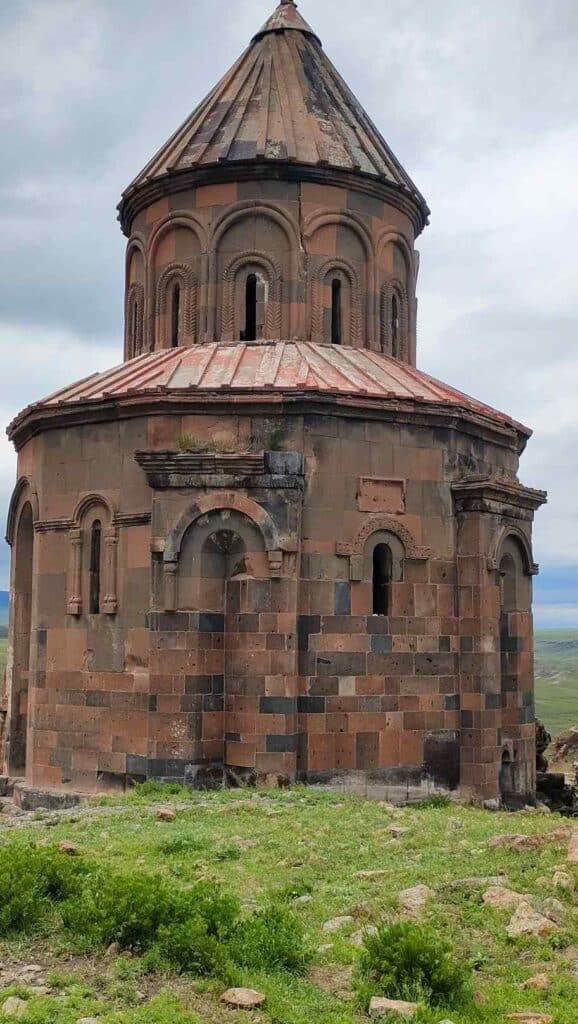
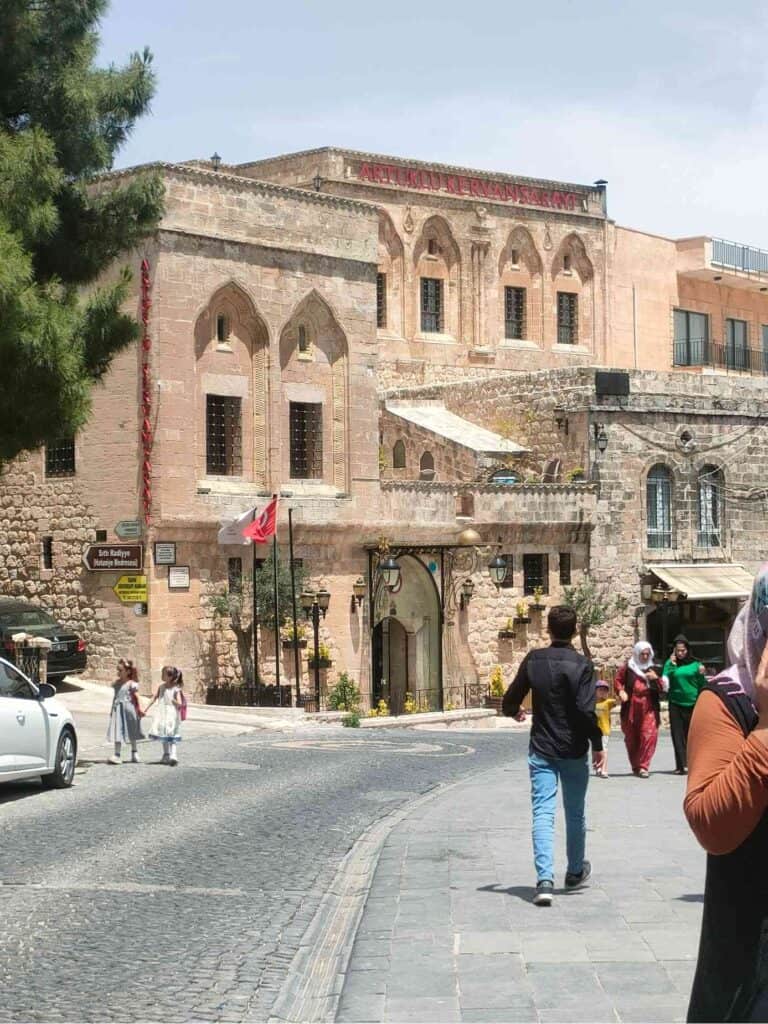
How to go to Eastern Turkey?
Eastern Turkey has domestic airports at Adana, Adıyaman, Ağri, Batman, Diyarbakır, Elâzığ, Erzincan, Erzurum, Gaziantep, Hatay (Antakya), Kahramanmaraş, Kars, Malatya, Mardin, Muş, Samsun, Şanlıurfa, Trabzon and Van.
Pegasus, Turkish Airlines, SunExpress, and Anadolujet (Ajet) operate domestic flights in Turkey. All these cities are well connected to Istanbul and often have direct flights to European cities, mainly Germany.
How to plan your trip to Eastern Turkey?
Flight: Find the cheapest flights to Bosnia and Herzegovina with Skyscanner or book flights, hotels, and local tours, rent a car, and benefit from immediate cashback through Wayaway! You can sign up for the Wayaway Membership program for only 49.99$! Use my discount code to get extra 10% off the subscription fee: VOG
Accommodation: Book hostels through hostelworld.com or look for both hostels and hotels in East Turkey on booking.com.
Local tours: Book city tours and other one or multi-day trips in Eastern Turkey through GetYourGuide or Viator
Rent a car: Find a great deal to rent a car with Discover Cars or Rentalcars.
Bus ticket: Book your bus ticket through 12GO in Eastern Turkey.
Travel insurance: Safetywing is a popular insurance among travelers that covers almost all countries (except Iran, North Korea, and Cuba). I also use it for my trips.
What is the best time to travel to East Turkey?
Your trip through Eastern Turkey covers various landscapes, from mountainous regions with a high chance of rain to the southern dry and hot areas, meaning that you must be ready for changing weather. In winter, it is cold, and you can expect snow, while during the summertime, it can be scorching, which is also not ideal for sightseeing. Eastern Turkey is known for its extreme temperatures between winter and summer and even between night and day. You should also consider that while the Black Sea Coast is the liveliest during summer, places like Mardin can get very crowded with local tourists.
The best time to visit Eastern Turkey, from Gaziantep to Ani and the Black Sea Coast, is spring or autumn, specifically April-May and September-October. During these months, you can expect pleasant weather for most of your trip and even avoid domestic crowds.
I traveled at the end of May, and the weather was pleasant. It was fresh in the north and exceeded 30 degrees in the south. There were no crowds of domestic tourists yet, and foreigners were few and far between.
Travel overland to Eastern Turkey
Eastern Turkey shares a border with Syria, Iraqi Kurdistan, Iran, Armenia, and Georgia. The Syrian border has been closed to tourists since the outbreak of the Syrian war in 2011, although talks started between the two heads of state, and things may change in the near future. That move would significantly improve Syria’s economic situation, which is currently under severe international sanctions.
Read my article about the best two week itinerary in Iran
The Armenian border has been permanently closed since Armenia gained independence in 1991.
However, you can make a short visit or continue your trip to Iraqi Kurdistan. Duhok can be easily reached once you are in Mardin or Midyat. Most nationalities are entitled to get a visa on arrival when entering Iraqi Kurdistan; however, with that, you cannot enter Federal Iraq.
Read my comprehensive travel guide about traveling to Iraq
There are two main border crossings with Iran that are easy to cross.
Esendere – Sero: I used this border crossing and took a direct bus from Urmia (Iran) to Van (Türkiye)
Gurbulak–Bazargan is another popular border crossing from or to Dogubeyazit
Georgian border: You can cross at Kars or from Trabzon and travel directly to the famous Georgian resort town, Batumi. There are buses from Kars to Tbilisi, though probably not every day.
How do you get around in East Turkey?
Eastern Turkey’s road network is surprisingly well-developed. Good-quality multilane highways and roads connect the major cities.
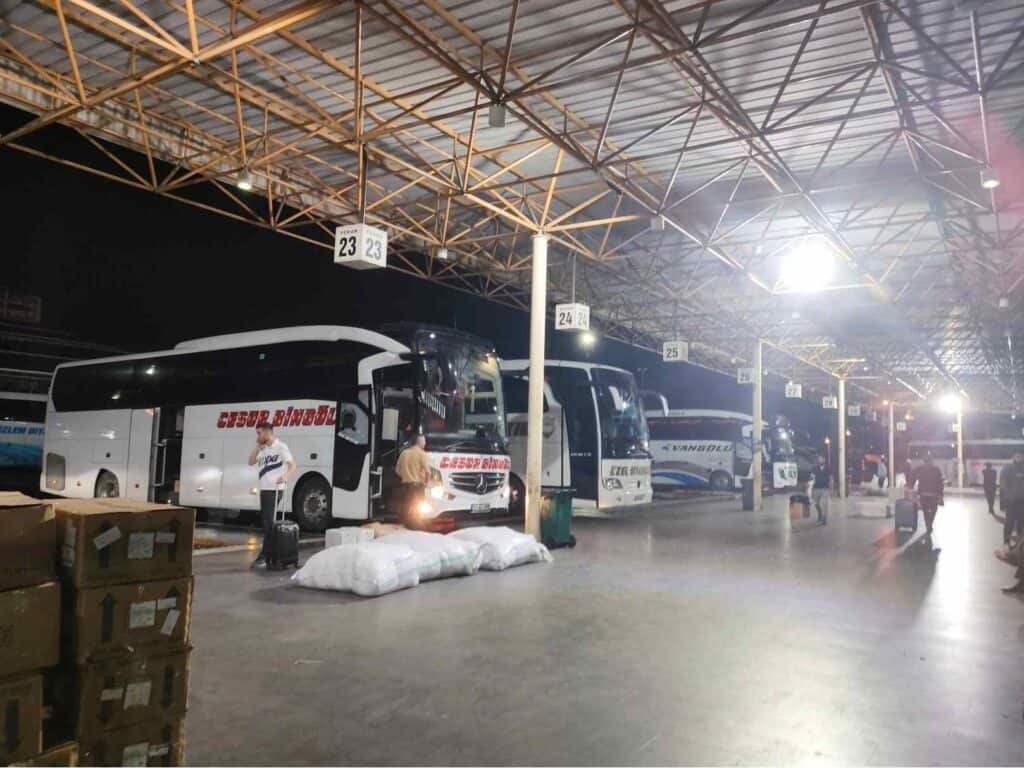
Minivans or dolmus operate in shorter distances, and coaches cover long distances. The coaches are modern, have large seats, enough space for your legs, and you even get a cup of tea. Coaches have a fixed schedule, but dolmus usually leaves when it has enough passengers.
If the coaches don’t suit your plans, there is usually an option with dolmus, though it may require changes in between.
Visas for Turkey
Travelers from European countries are generally exempt from visa for 90 days. You can check the rule that applies to your nationality under this link.
https://www.mfa.gov.tr/visa-information-for-foreigners.en.mfa
The easiest way is to get an e-visa within a few minutes, which is cheaper than getting one upon arrival.
You can get it via the e-Visa website (www.evisa.gov.tr).
Politics in Eastern Turkey
The southern part of Eastern Turkey is mainly inhabited by Kurds, who comprise approximately 20% of the population. They consider it to be the northern part of Great Kurdistan. In the past, the Turkish government didn’t acknowledge Kurds as a separate ethnic group and called them instead “mountain Turks,” referring to their traditionally nomadic lifestyle. The words “Kurds”, “Kurdistan”, or “Kurdish” were officially banned by the Turkish government. People were not allowed to use the Kurdish language either in public or in private life throughout the 1980s till 1991.
Some cities are almost entirely inhabited by Kurds, while others are mixed. Diyarbakir is considered as the “Kurdish capital” in Turkey. Since 1984, there have been clashes between the Turkish army and the PKK (Kurdistan Workers Party), the most radical Kurdish separatist group, who want to achieve greater autonomy and, ultimately, independence. The PKK is regarded as a terrorist organization by Turkey, the US and the EU. The fights continued into the 1990s until the leader of PKK was captured in 1999 and is until now a sole prisoner on an island in the Sea of Marmara.
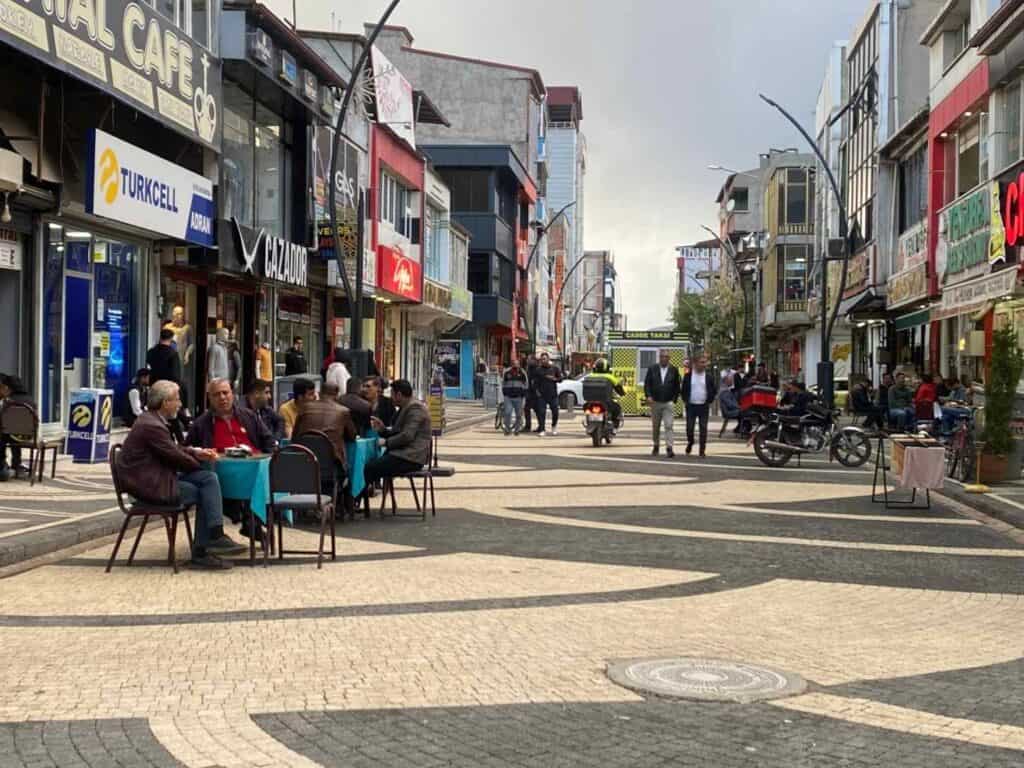
Thousands or even tens of thousands died, and hundreds of thousands became refugees during the fights; martial law was imposed to curb Kurdish separatist activities.
Prime Minister Erdoğan’s government launched the ‘Kurdish initiative’ in 2009 to give the Kurdish people more rights to use their language and preserve their culture. Further reforms followed.
After secret negotiations, the two parties ended the armed conflict with a ceasefire in 2013, and the PKK leader, Öcalan, announced the end of the armed struggle, which ended a 30-year-long conflict.
I also wrote a comprehensive travel guide about the best itinerary and things to do in Eastern Turkey. Don’t forget to check it out, too.
The PKK agreed to withdraw from Turkey to Iraqi Kurdistan, where the Turkish army occasionally targets PKK militants.
All in all, the conflict did not end with the ceasefire, and targeted attacks do occur from time to time, especially since the PKK declared to continue to fight against the Turkish government.
The Syrian war also revived tensions as the Turkish government took the side of an opposition group in the Syrian war and used proxies against the Syrian Kurds, all of which froze the relationship between the two countries. The borders between Syria and Turkey have remained closed until now. Still, Turkey received the biggest number of Syrian refugees (over 3.5 million), which poses an extra burden on the economy of southeast Turkey.
To make things more complicated, foreign powers also interfere in the conflict. All that led to Eastern Turkey being sometimes declared ‘unsafe’ for travel, even though tourists have hardly, if ever, been targeted.
Safety in Eastern Turkey
From the above comes the most common question: Is Eastern Turkey safe?
Until 2000, a large part of East Turkey was unsafe to access. In many parts, martial law was in place due to the violent clashes between the Turkish army and the PKK (Kurdish Workers Party) fighting for an independent Kurdish state.
However, things changed, and now you can travel freely to almost any part of Eastern Turkey without a permit, even to the border regions, like Ani, which was really hard to access earlier.
Read my comprehensive travel guide about traveling to Iraq
Places near the Syrian border, such as Mardin, Nusaybin, or Urfa, are also deemed safe for visits.
During your trip, you will encounter several security checkpoints where you are asked to show your passport. It doesn’t take long, and it has been the norm for a while. There is nothing to worry about. It is all for your safety.
Your country’s embassy will probably warn against traveling to this region as violent clashes still happen between PKK soldiers and the Turkish army. However, this doesn’t happen at tourist places. I felt completely safe traveling around alone with my child.
Of course, don’t forget to check the up-to-date information before your actual trip as the situation can change.
Solo female travel in Eastern Turkey
It is possible to travel alone as a woman in Eastern Turkey, but it is a Muslim country where you should dress up modestly. Covering your head is unnecessary, but don’t forget to cover your shoulders and knees even in hot summer. They know you come from another culture, so they don’t expect you to give it up. Even in Eastern Turkey, you will see women covered with a veil while others are not and wear simple jeans and shirts.
I had no bad experiences as a solo female traveler; on the contrary, people were even more helpful seeing a woman traveling alone, and they never tried to cheat me.
Language
Turkish is the official language of Turkey, but most people in Eastern Turkey also speak Kurdish (Kurmanji dialect). Only a few people understand English, unlike in the more touristic Western part of the country. However, this should never discourage you from traveling there, as people are generally helpful, and nowadays, everything can be solved with Google Translate.
In the 20th century, Kemal Atatürk wanted to break with the Ottoman Empire to create a modern Turkish Republic, for which he served as the first president. In the 1930s, he ordered a series of Westernizing reforms.
He chose Ankara, the heart of Anatolia, as the center of political administration, thereby shifting the whole focus of the country eastwards. Turkey became a secular country, and the clause retaining Islam as the state religion was removed from the constitution. On Atatürk’s orders, Turkey adopted the Latin alphabet, and tried to replace all Arabic and Persian words with Turkish ones. Naturally, it created a gap between the older and younger generations’ vocabulary.
Several villages got Turkish names between the 1960s and the 1980s to create a stronger sense of Turkish identity.
Accommodation
While real budget hotels are rare, Mardin, Midiyat, and Diyarbakir have many boutique hotels and many former caravanserais have been converted into hotels. It is a unique experience to stay in one of them.
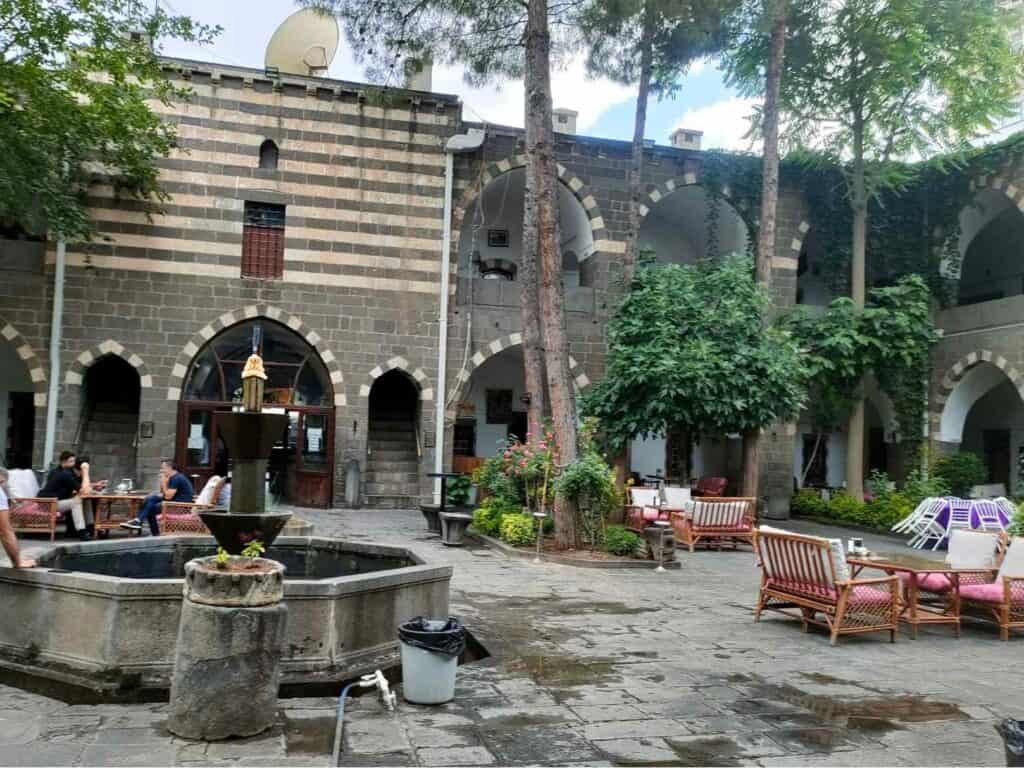
Is East Turkey cheap? Prices in Turkey
Prices have increased lately everywhere, and Turkey is no exception. However, Eastern Turkey is still an affordable destination, and prices are lower than in the Western part of the country.
However, as a backpacker, expect to pay more than in other destinations. In Eastern Turkey, probably because it has not been flooded with foreign tourists yet, there are only a few budget hotels, and dormitories are almost non-existent. In most cases, you will have a private room with a bathroom. In the region around Van, Kars, and Doğubayazıt, accommodation is cheaper (around 20 EUR per night), but in the more popular Diyarbakır, Mardin, or Midyat, it is hard to find something under 35- 40 EUR. In any case, try to bargain; they are most probably open to giving you some discount.
Remember to read my post about the best travel itinerary in Eastern Turkey, where I suggest hotels for every budget.
Food
You will mostly find regular Turkish food, except in the southern part, where the cuisine shows Syrian influence, making it more variable than in other parts. You will find a lot of kebabs in different forms, as a meal or in sandwiches, with different spices and sauces. Turkish food usually contains meat, and vegetarians may have difficulties finding something.
Gaziantep is labeled as “the capital of the pistachio nut” and is said to have the best baklava in Turkey, which you can try in one of the almost 200 pastry shops. Don’t forget to try liver kebab, the famous speciality of Urfa.
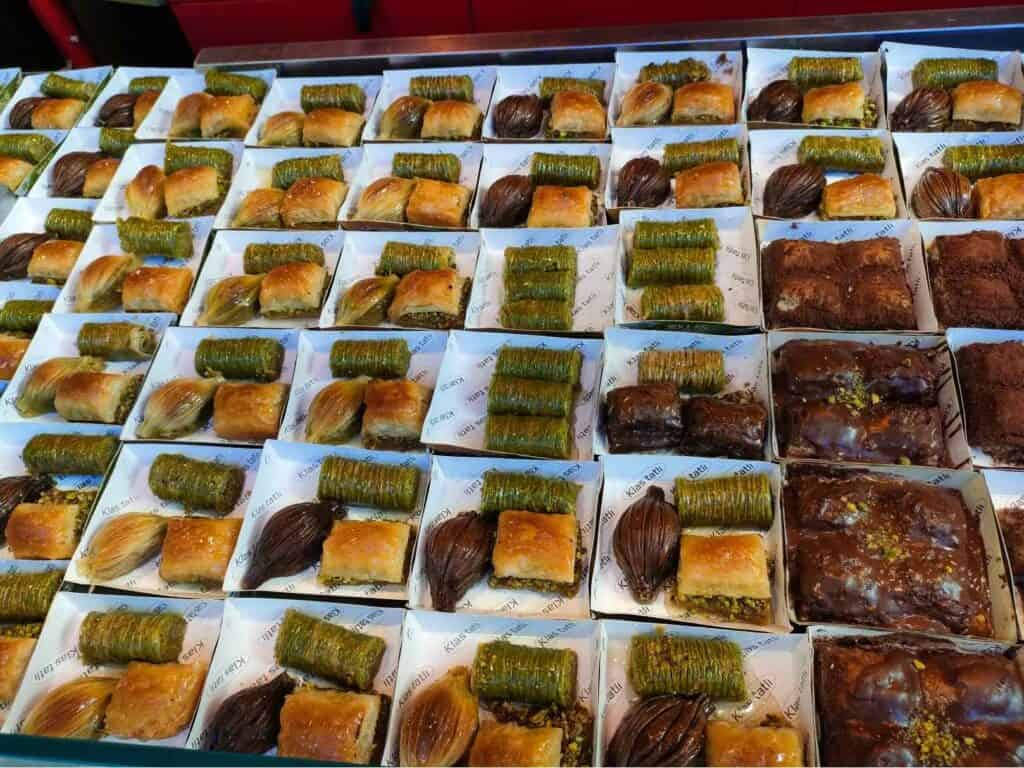
Culture
Superstitions
Superstitions have been a part of Turkish and Islamic culture since the pre-Islamic period. The “evil eye” appears wherever you go in Turkey. It generally takes the form of a blue eye because foreigners, who were more likely to have blue eyes, were also more likely to stare. The Hand of Fatima (the Prophet Muhammad’s daughter) is also seen in many places and is considered a good-luck symbol.
In Mardin, you can see the image of the “queen of the serpents” everywhere: on stone carvings, on the walls of restaurants, and in souvenir shops. A beautiful-faced woman with a scaly body with many legs and a tail, both ending in snakeheads. This is one of the popular figures of Kurdish folktales, Shahmaran. Her name means the same in Kurdish – and the related Persian – language: “queen of the serpents”.
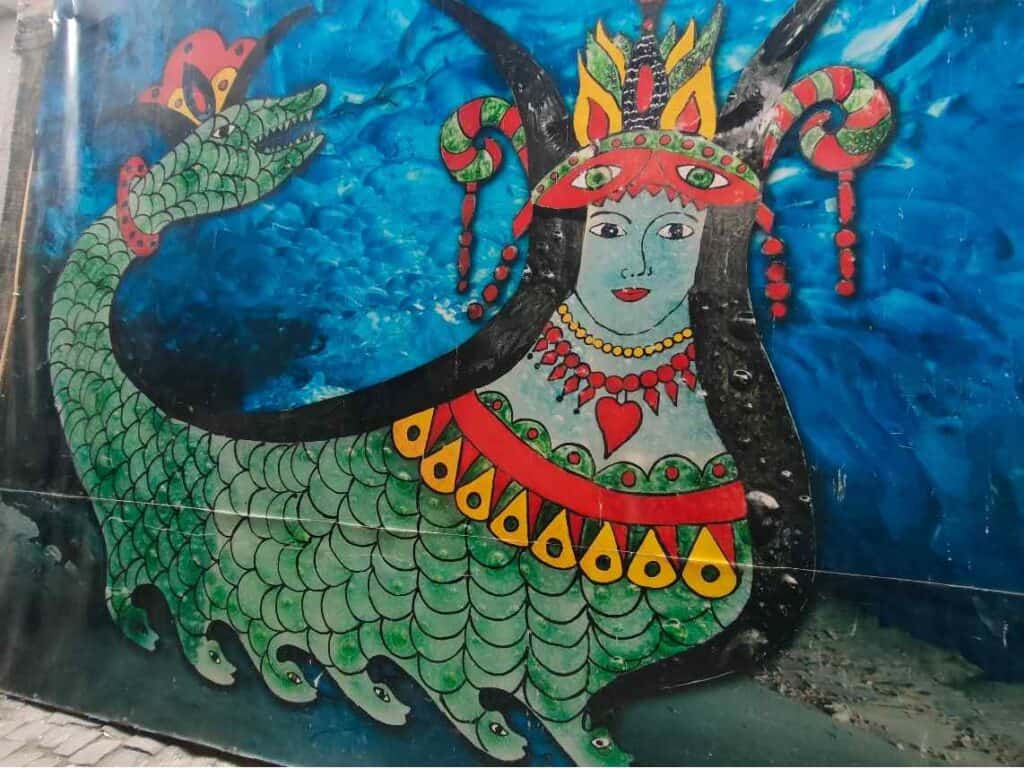
Family
Family is very important to Turkish people, and children of all ages are welcomed everywhere. Traveling across Turkey with children helps you easily get into contact with locals who approach your child with a smile and insist on giving something to your child. I traveled alone with my son, and I was so surprised at the kindness and generosity of people toward my son.
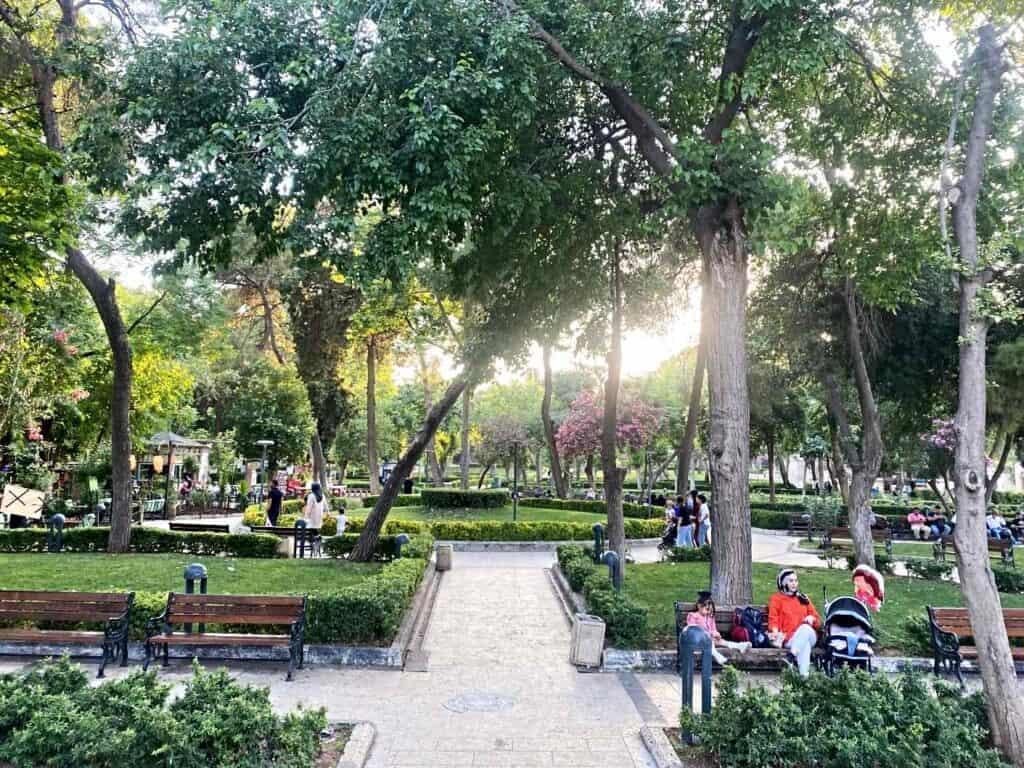
Women
The reforms of Atatürk in the 1920s outlawed the headwear for both men (the fez) and women (the hijab) as backward and religious, and women were prohibited from wearing a headscarf in government institutes and at universities. The currently governing Islamist AK Party lifted the ban on wearing headscarves at university campuses while still outlawing the more extreme forms of Islamic dress like the full veil (niqab or burqa). The opposition raised concerns that such a move would endanger the secular nature of the country, but as of 2013, the decades-old ban on the headscarf in the civil service and the universities was lifted.
Religion
95% of the population are Muslims, yet the country uses the Christian weekend of Saturday and Sunday.
Ramadan, the month of fasting, is far more strictly observed in the East than in the Aegean or Mediterranean areas, where you would not even notice it.
Most Turks are Sunnis, though there is a Shi’a minority as well. Shi’a in Turkey are also called Alevis, or followers of Ali. With their mystical elements, the Sufi and dervish orders formed another sizeable minority and were very popular in Turkey until Atatürk officially disbanded them in the 1920s.
The Alevis are Turkey’s largest religious minority, making up 10-20 % of the population. They are linked to the Syrian Alevis. Alevism is often mentioned as a branch of Shia Islam, although apart from the reverence for Ali, there is little in common between the two.
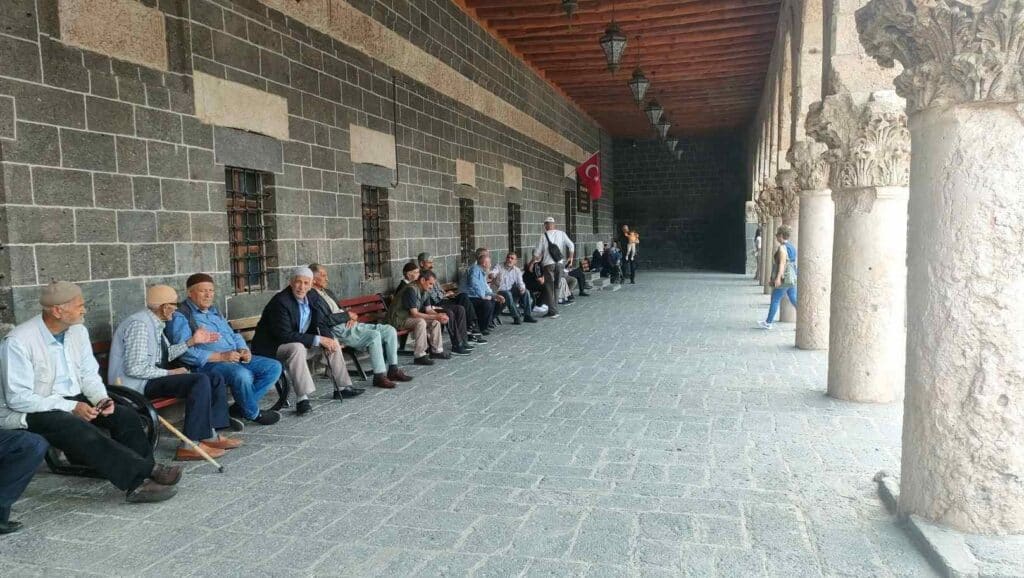
For centuries, Alevis have been persecuted for their traditions, beliefs, and unusual rituals, which differ significantly from those of the Sunni orthodoxy. For example, they do not pray five times a day, go on pilgrimage to Mecca, or pay the zakat (alms) tax on the basis that the Koran does not proscribe these things. They do not worship in mosques but in assembly rooms, and their prayer consists of music and dancing involving both men and women. Often inaccurately classed as a branch of Shi’ite Islam, Alevism has little in common with Iranian Shi’a apart from a reverence for Ali. Scholars even disputed whether they are considered Muslims. Many Alevis argue that it should be recognized as a religion distinct from Islam. A Kurdish Alevi is more likely to marry a Turkish Alevi than a Sunni Kurd.
Only a few hundred Yazidis live in Turkey’s eastern region. Most of them immigrated to Europe during the last decades.
The Yezidis believe in one God, who entrusted seven angels with the rule of the universe. Malak Tawus (Melek Taus), the “Peacock Angel” is the most divine of all and is God’s connection to the earth. Yezidis often decorate their homes with peacock symbols and pray directly to them, angering orthodox Muslims. In addition, they do not have a holy book like the other major religions. Throughout their history, the Yezidis tried to preserve their religion amidst persecution. They must marry among themselves for their children to qualify as Yezidis.
Christian churches and monasteries in Eastern Turkey
South of Diyarbakır, down from the Tigris to the Syrian border, rises the Tur Abdin Plateau, an important center of Syrian Christianity. The meaning of the plateau’s Aramaic name (“Mountain of the Servants”) also indicates that the monks who settled here for nearly two thousand years are servants of God. The Syrians living here speak the language of Jesus, Aramaic, or a dialect closely related to Arabic and Hebrew. It is a dialect of the Aramaic language spoken by Jesus and the first Christians and is also an important language in Judaism.
The Aramaic-speaking population here was among the first to adopt Christianity in the 3rd century. Christian Syrians are not Arabs but descendants of several ancient Mesopotamian peoples. Aramaic became one of the official languages of the Neo-Assyrian Empire, the Babylonian Empire, and the Persian Empire. We call them Syrians on ethnic and religious grounds. Several denominations of Syriac Christianity emerged in the 5th century, so the believers became followers of either the Syrian Orthodox or the Church of the East.
This Syrian Christian community, constantly facing the Muslim conquerors, could only survive with great sacrifices. Many lost their lives or found refuge in the 20th century in the territory of today’s Iran and Georgia, and most of them live in Sweden or Germany. Around 90% of Tûr Abdin’s Christians emigrated in the 1980s and 1990s, partly because of the insecurity caused by the Kurdish uprising but more because Europe offered a better life.
That is why Tur Abdin is such a special place historically. Today, it is the only significant Christian area in Turkey.
The villages of Tûr Abdin have up to three names: the modern official Turkish name, the Syrian name, and the Kurdish name of Kermanji, the Kurdish dialect spoken here.
For all the above, one of the best things to do in Eastern Turkey is to visit ancient Christian monasteries.
I also wrote a comprehensive travel guide about the best itinerary and things to do in Eastern Turkey. Don’t forget to check it out, too.
Deyrulzafaran is the most famous and easily accessible Syrian Orthodox monastery near Mardin. From 1160 to the 1920s, it was the most important monastery and seat of the Syrian Orthodox Patriarchate.
However, even more interesting than the former one was the less visited St. Gabriel monastery (Mor St Gabriel), which was founded by Simeon from an aristocratic family from Mardin in 397 and started a monastic life on this plateau. Under Simeon, 400 monks lived in the monastery, some of whom came from as far as Egypt. This is the most important institution in the world in terms of teaching Syriac dialects.
Another interesting stop is the Mor Yacob Church in Nusaybin, which is said to have been the baptistery of the former church.
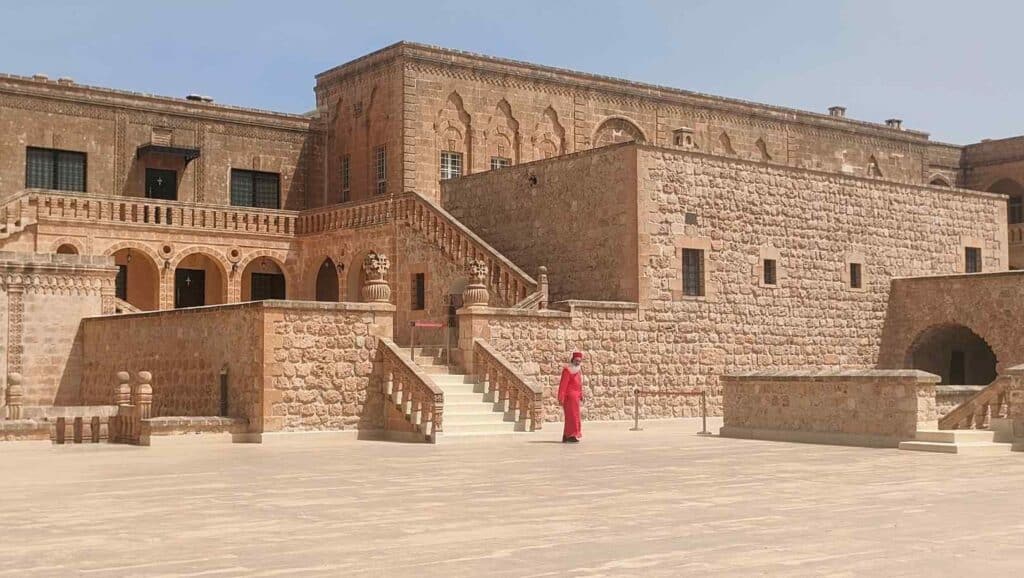
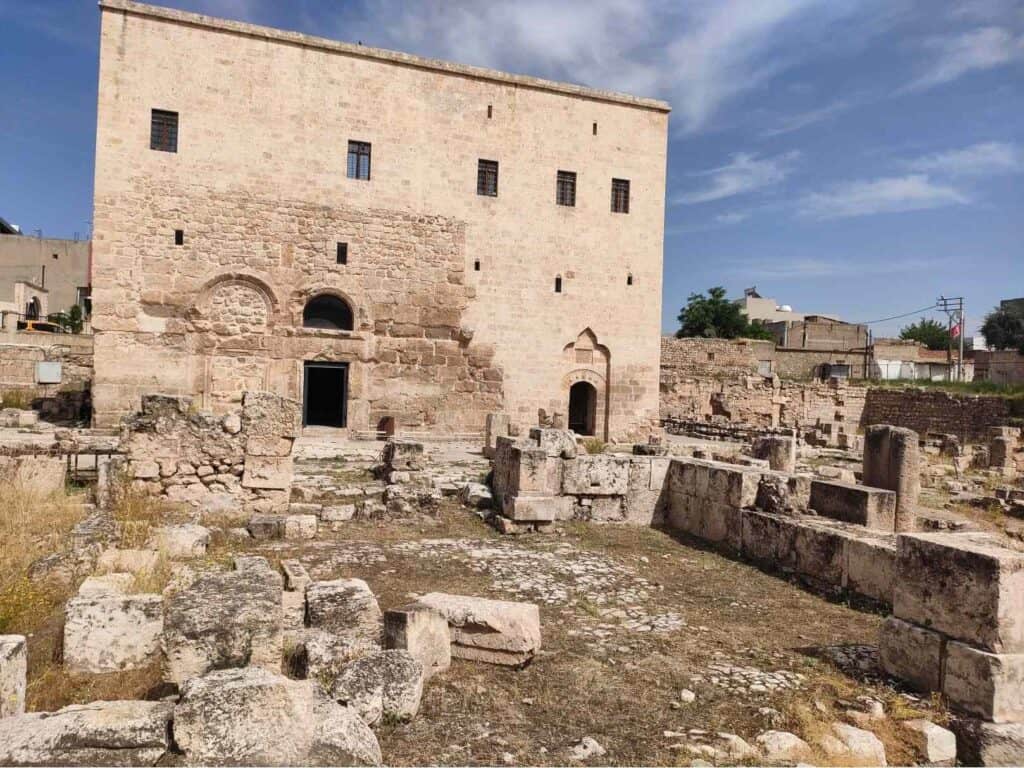
Here, you can read more about the best places to visit in Eastern Turkey
I hope you find all the above a good base to prepare for your trip to Eastern Turkey, a less-traveled part of the country that will be a surprise. Contrary to its image, it is safe to visit now; though tensions are high in the region, it is always good to check. It is easy to get around with public transport and is more affordable than most of Europe or the more popular Western part of Türkiye. This is where Türkiye’s ancient history is concentrated with the earliest Christan churches and monasteries, archeological sites, the traces of small kingdoms, the two majestic rivers of Ancient Mesopotamia, and all that accompanies a beautiful landscape.

